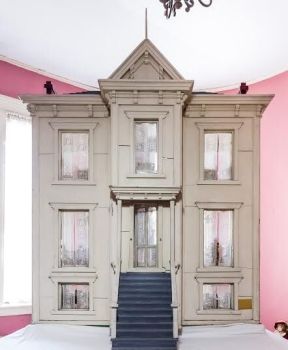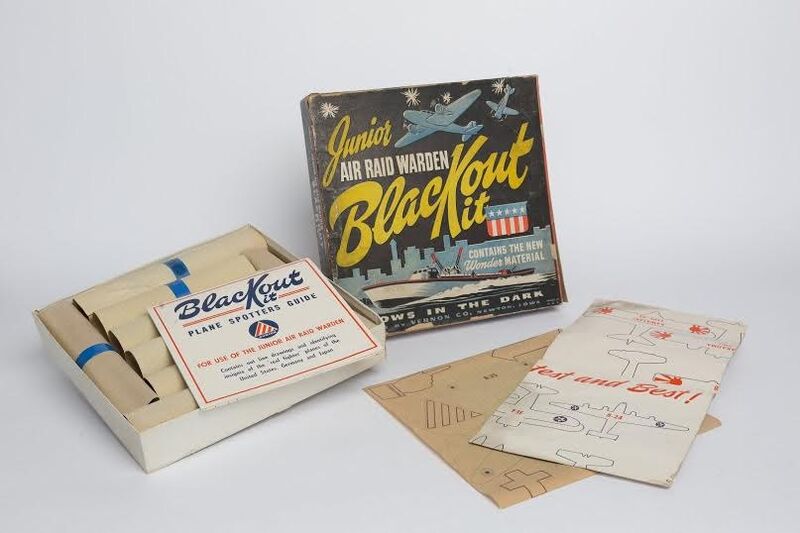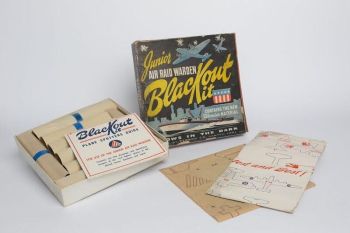Junior Air Raid Warden Blackout Kit featured from the 1940s.
By Rose Marie Kitchen | Posted October 22, 2015
It seems that toys come and go but the truth is toys never actually disappear instead they become vintage and unique. The Liberty Hall Museum at Kean University has opened an exhibit to show how exciting vintage toys actually can be.
“Toys through Time: The History of American Fun” exhibit displays 100 years of toys at the Liberty Hall Museum. The exhibit officially opened on October 5, 2015, and plans to stay open through July 2016. The exhibit runs through scheduled tour times only; Monday – Saturday 10 a.m. to 4 p.m., with the last tour leaving at 3 p.m.

The “Toys through Time: The History of American Fun” exhibit is currently open to the public, with admission prices varying depending on affiliation with the university. Adults pay $10.00, Kean University alumni are $8.00, senior citizens, college students, or children (ages 3-17) are $6.00 and Liberty Hall Museum members, Kean University students and faculty are free.
The exhibit features toys that date from the 1850s through the 1960s, and were all owned by the Kean family when they lived in Liberty Hall.
“The “Toys through Time: The History of American Fun” came about because of our large collection of toys. We have never done a toys only exhibit,” said Rachael Goldberg, collections manager at the Liberty Hall Museum. “Everyone was once a kid and had a favorite toy they grew up with. We thought this would be a great way to have our visitors’ reminiscence about their own childhood and see toys they didn’t have or ever knew were created.”
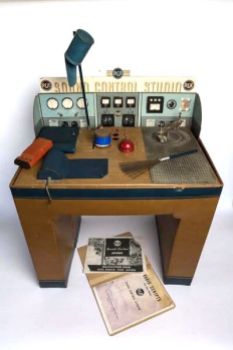
The Liberty Hall Museum is proud to announce that “Toys through Time: The History of American Fun” is also featuring a display unlike any other museum in New Jersey. They are using “augmented reality” technology to enhance visitors’ experience.
“Augmented reality technology allows us to provide additional information or historical context for the toys in the exhibit,” said William Schroh, Jr., director of museum operations. “The visitor may hear a radio broadcast, view an original television commercial for the toy or see the toy in action.”
Students studying in the Robert Busch School of Design, here at Kean University, created the six augmented reality posters that are displayed throughout the exhibit. Whenever the posters are viewed, using the free app provided on a mobile device, additional content is provided. IPads are available for any person that does not have access to a mobile device when visiting the exhibit. The students that created the posters are Eric Vita, Christina Galera and Erica Whyte; under the direction of Professor Ed Johnston. Jubenal Torres, under the guidance of Dawnmarie McDermid also created the logo, exhibit text panels and the catalog.
The toys on display in the exhibit have been broken down into three major themes: boy’s toys, girl’s toys and gender neutral toys. Some of the boy’s toys include lone ranger pistols, World War II themed toys and more. Some of the girl’s toys include dollhouses, craft items and more. There are also board games on display; one of the games is Cootie and Veda the Answer Man. “We picked these toys because they were fun and different then what is offered today,” said Goldberg.
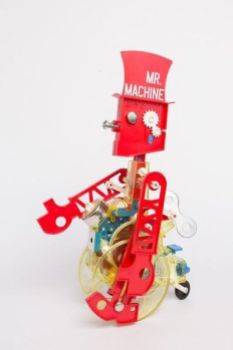
“There are several toys I’m sure our visitors will remember growing up with and would love to see again. It will also give our school age children a view into what toys their parents and grandparents grew up playing,” said Goldberg. “We are such a technologically driven society and I hope our younger visitors will realize the different types of games that were offered, particularly before video and computer games.”
This exhibit is fun-for-all-ages and visitors can expect to see over 300 toys when they visit the museum. The toys that are on display are meant to spark conversation been the older and younger generation.
“All of these toys reflect the times in which they were made,” said Schroh. “Through these toys, we get a glimpse into the events and cultural changes that were shaping society. We hope to inspire grandparents, parents and children to talk – about the toys, about how they played as children, and about the times in which they grew up.”
